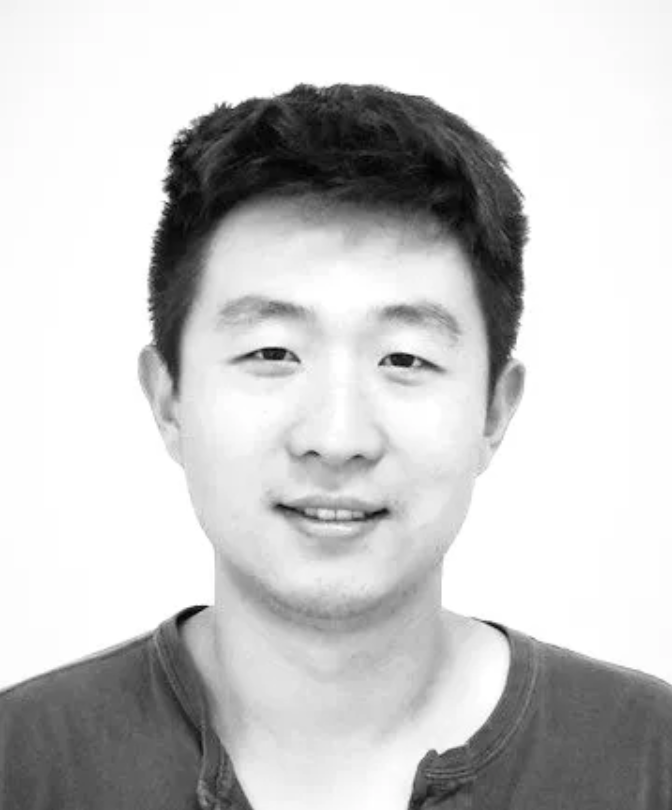Chao Sun has been appointed new Group Leader at DANDRITE
We are very happy to announce that we have recruited a new Group Leader to DANDRITE’s portfolio of top researchers. Please welcome Chao Sun! Chao Sun is currently an EMBO & HFSP postdoctoral fellow at the Max Planck Institute for Brain Research in Frankfurt, Germany. Chao will join DANDRITE in the Spring of 2023, where he will setup his new lab and office. Chao Sun will be housed at the Department of Molecular Biology and Genetics, next to he lab of Group Leader Taro Kitazawa.


The Sun lab investigates protein machines that manage the molecular logistics of brain synapses using quantitative single-molecule approaches.
As a chemist in neuroscience, Chao is fascinated by the idea of using molecules to store and process information, namely chemical computing. Despite our advanced physical and electronic information technology, the brain still represents the only matter capable of complex chemical computing. Remarkably, a single brain cell alone hosts about 104 synapses that work in parallel. This extensive subcellular compartmentalization is essential for parallel computing, but it also creates massive molecular heterogeneity. While molecules are used to integrate information at neuronal synapses, the molecular ‘ecology’ across such numerous synapses is unknown: how do synapses share and compete for molecular resources? How efficiently are molecules made and used across synapses? Which molecular supply mechanisms put constraints on which synaptic function? Based on these ideas, the Sun lab investigates the synaptic molecular logistics underlying parallel chemical computing in a neuron.
Chao started his scientific training working with artificial molecular systems and he tried to imbue ‘smartness’ to relatively simple nanoscale interfaces and atom-thin materials. He created nano-bio-interfaces for enzymes and cell plasma membranes. He engineered adhesive interfaces for a single-layer of carbon atoms known as graphene, the ‘wonder’ material (unfortunately, of the past already). He created artificial nanotubes whose mechanics and dynamicity rival biological filaments. These nanotubes have shown intriguing potential for ion conduction and liquid-crystal engineering. During his postdoc, his molecular skills have helped him develop new methods to visualize protein synthesis in neurons, where he integrated programmable interactions between DNA molecules (Exchange PAINT) and sophisticated biomolecular labelling (e.g. metabolic labelling). With these tools, he veered his postdoctoral research into molecular neurobiology. The central question of his postdoctoral work concerns the logistics of new protein supply across the vast population of synapses in a neuron. While protein synthesis is crucial for long-term memory, not much is known about how new protein supply meets the needs of 104 synapses distributed in the complex dendritic and axonal arbours of a neuron. To address this, he developed multiplexed, quantitative, single-molecule labelling, visualization, and analysis pipelines to map and quantify the local sites of protein production, degradation, as well as the newly synthesized protein products across numerous synapses. The local ‘behaviour’ of complex biomolecular machines remains fascinating for Chao, especially in the context of information processing in the brain.
